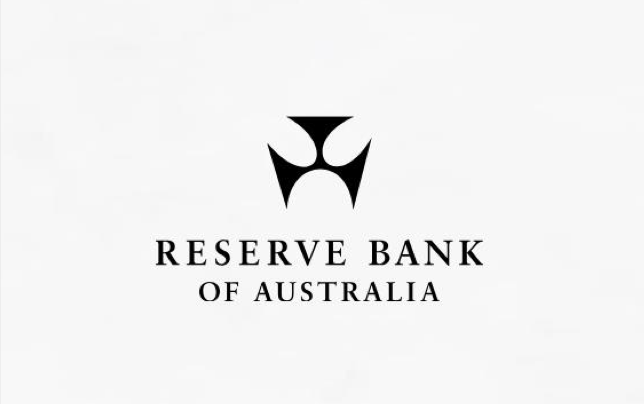Analytics Advice from Top Bank Data Officers
By Tanaya Macheel for American Banker
The sea of data at banks can be tough to navigate, so good captains are crucial.
American Banker recently sought the insights of several executives who try to put tremendous amounts of customer data to innovative uses in their banks. Many of their answers were compiled in a slideshow, but the Q&A below provides more detail from select respondents. It has been edited for clarity.

Bill Hoffman
Chief analytics officer
U.S. Bank, Minneapolis
$433 billion in assets
How did you end up in “big data”?
HOFFMAN: I began my career as an intelligence officer at the Central Intelligence Agency. Then 9/11 happened. I, like many, felt a call to do something. On Sept. 12, 2001, I joined the U.S. Navy Reserve as an intelligence officer. In the nearly 17 years I spent in intelligence, I quickly learned that the fundamental role of professionals in data analytics is to empower good decision-making.
I had a front row seat to both the amazing power of good decisions and the destructive power of bad ones. I developed a visceral dislike for bad decisions, which has powered my professional passion: to enable good decision-making. At the end of the day that’s really the fundamental mission for anyone in a data analytics role.
What industry or specific company do you think does a fantastic job with data analytics and why?
From my lens, no organization does a better job with data analytics than the U.S. military’s special forces units and the intelligence units supporting them. Their ability to translate data analytics into actionable outcomes at both the strategic and tactical level is unprecedented. For them it’s literally life and death. It’s not life and death for us in financial services; however, the decisions we inform can be life-changing for our customers. That inspires me, and it should inspire all of us.
What advice would you give to a bank just starting down the road of data analytics?
Don’t forget that it’s not only about “big data”; actionable little data is also extremely valuable. Keep the customer at the center in whatever you do. Focus on creating value at the intersections. Quite often an organization’s data analytics “power plants” are up, but the lines are down. The biggest sources of value from data analytics will come from the power lines that connect a holistic understanding of – and insights on – your customers’ relationships with you across business lines, across products and services and across all channels.

David Greenberg
Head of business intelligence and data analytics
BankMobile, a division of the $9 billion-asset Customers Bank, Phoenixville, Pa.
What advice would you give to a bank just starting down the road of data analytics?
GREENBERG: Lower your expectations. A core competency in analytics takes time to develop from both the execution of the analyses and the acceptance of the findings by people in the organization not used to having data help drive decisions.
Before embarking on an enterprise analytics initiative, a bank should find a senior analytics executive who has both the experience building an analytics team and evangelizing the use of data and its power.
In what ways do banks have an advantage in big data over other industries? In what ways are they at a disadvantage?
Banks have an advantage in the sense [that] 99% of the information a bank generates is captured and stored somewhere. Most companies let too much valuable information leave their systems without being properly identified and stored. Where banks are at a disadvantage is they have the same functional management structure as they did 100 years ago.
How does data analytics change company culture?
Transforming an organization into a data-driven operation introduces a level of accountability that can sometimes have been lacking. Data is like a flashlight that illuminates the dark corners of a room. While it has the ability to show areas that aren’t performing so well, it can also find hidden treasures never noticed before.

Rajendra Patil
Head of data strategy, architecture and decision science
Bank of New York Mellon, New York
$298 billion in assets
How does data analytics change company culture?
PATIL: You can’t improve anything unless you are able to measure it and analyze it. Culture change is about improvement.
How do you determine whether you’re looking for the “right” things or asking the right questions?
You have to start with user needs and wants and make sure that the things we work on and the questions we ask are relevant to addressing them, directly or indirectly.
Do your parents or friends understand what you do?
Yes, I tell them I am trying to enable what they see in the movie “Minority Report” to easily access and combine or mash up information to solve problems.





